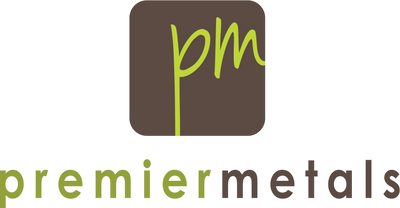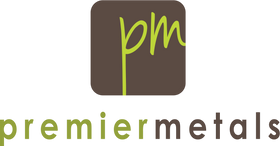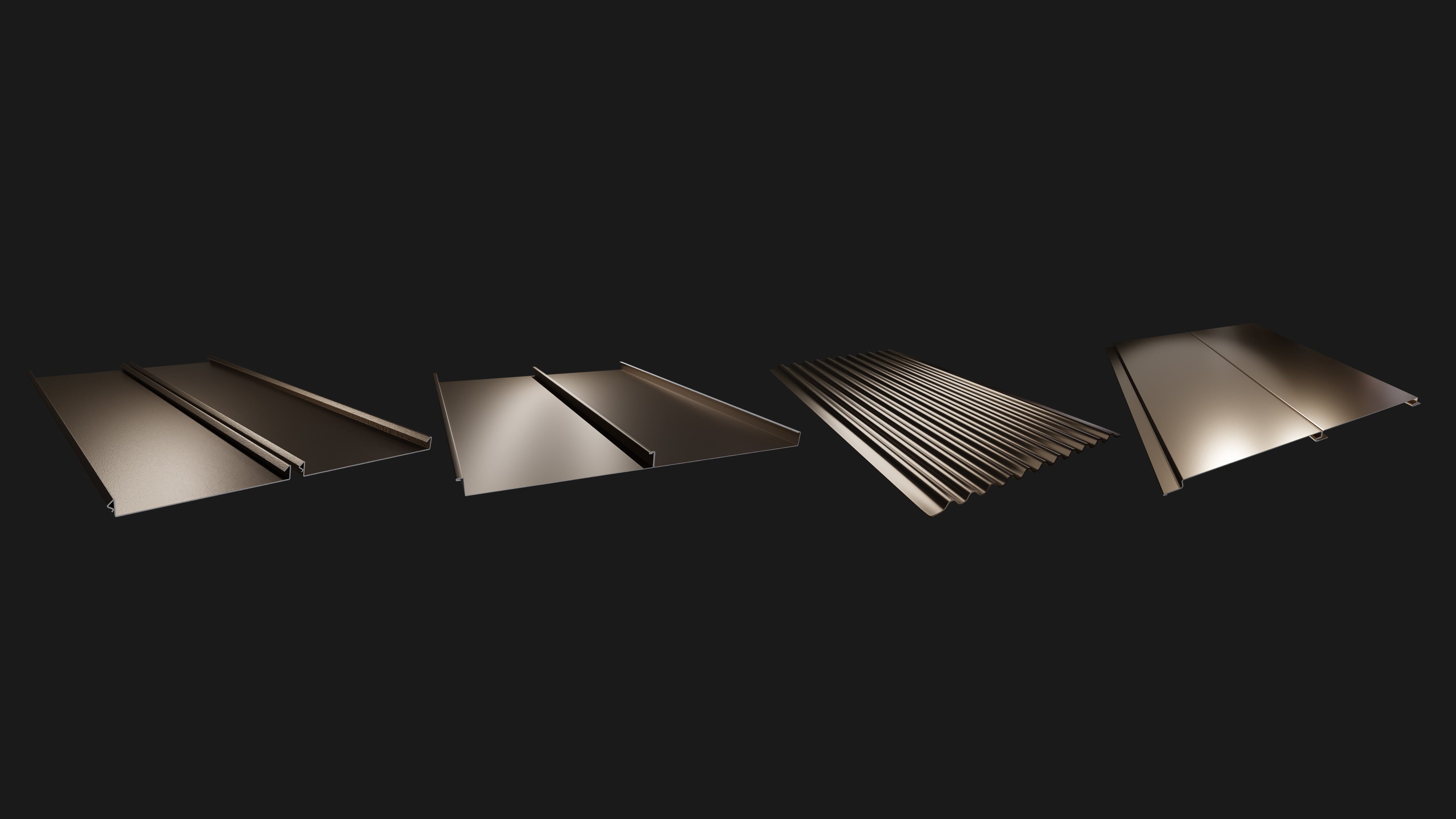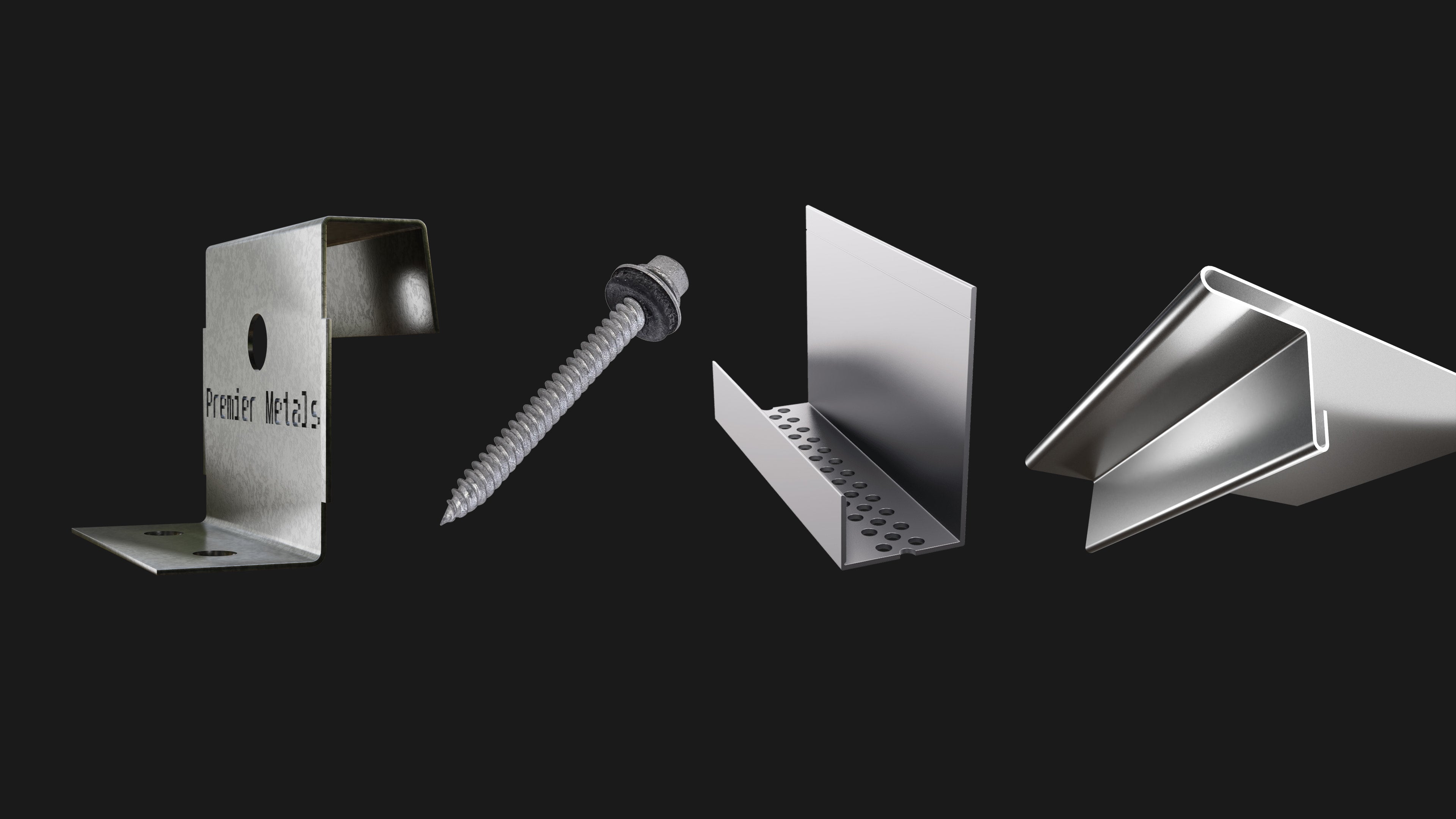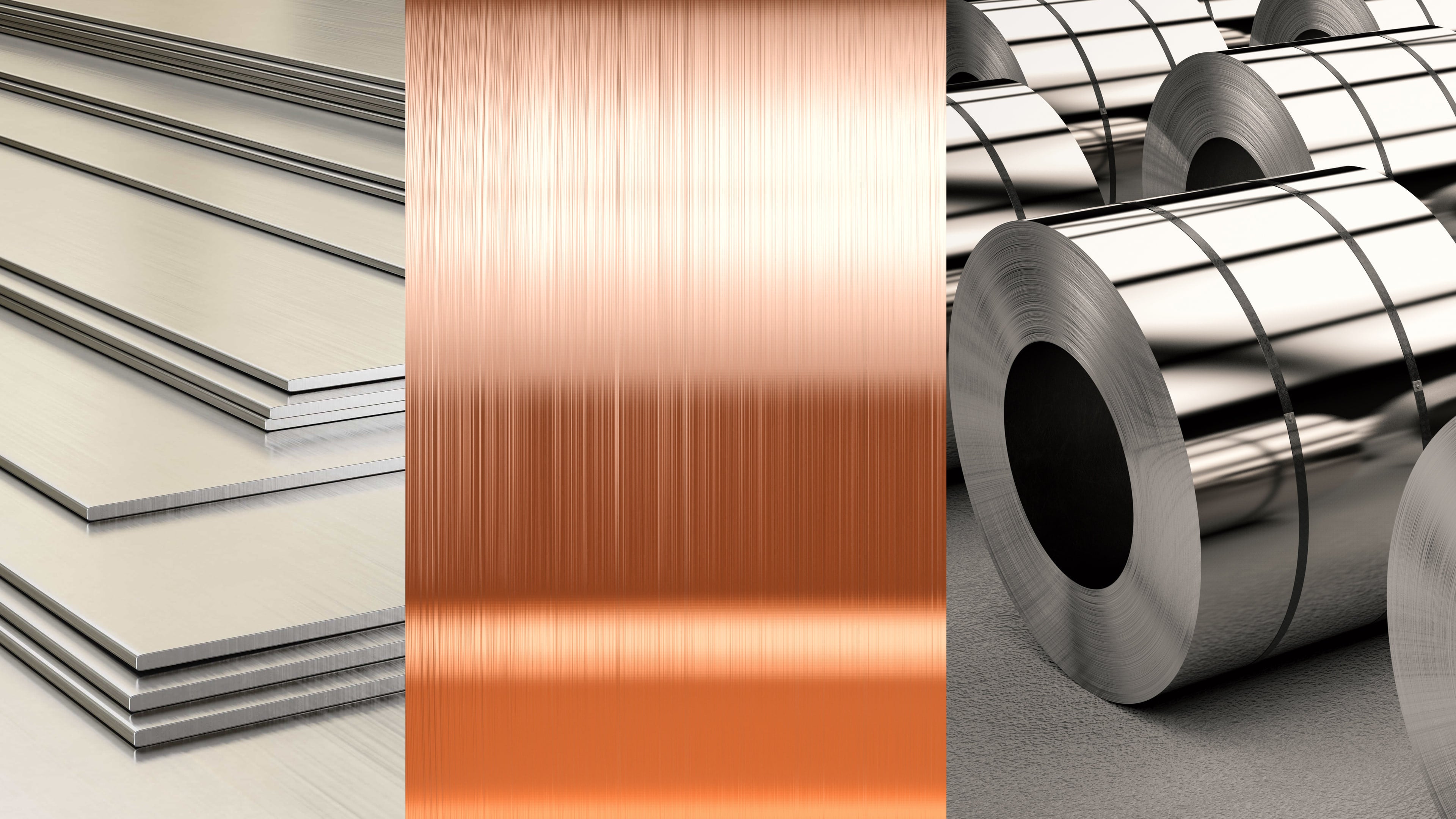FAQs
Metal is a low maintenance product. However, the level of maintenance depends on which type of metal panel you choose. There are two main categories of metal panels, exposed and concealed.
For exposed fastener systems, the metal panels would be more difficult to maintain because there are more ridges that are open. Most importantly, they are fastened with screws that have sealing washers. It’s possible that the screws can be tightened incorrectly or that the washers will fail after many years. This can allow for for water to get through and leak into the walls. However, these types of panels are typically easier to install.
For concealed fasteners systems, there is virtually no maintenance required.
Many people have the misconception that metal can be dented easily. There are factors like gauge, panel type and substrate used that can affect the risk of denting. However, metal siding can withstand virtually any weather condition, including hail storms, heavy rain or snowfall and extreme winds without experiencing damage.
Metal siding and roof panels have a higher up front cost and a lower long term cost. Metal siding and roof panels will out preform shingles, wood product and vinyl by 3 to 4 times.
Metal roofing will last between 40 and 70 years, which is more than three times as long as an asphalt roof. Metal roofs are durable, won’t crack or corrode, won’t ice dam and are sure to withstand the elements.
Our painted metal finishes are available in two different paint system options: Premium Polyvinylidene Fluoride (PVDF) and Silicon Modified Polyester (SMP). Both options have their own benefits for different types of environments, weather conditions, and projects.
PVDF is generally a superior paint system that’s designed to withstand rust-causing moisture.
SMP is more economically priced option and is extremely resistant to abrasions.
You can install a new metal roof over top of existing shingles. However, this is not always our first choice. There are factors to consider like the weight of the shingles in addition to the metal roof, if shingles are removed what is the likely hood you could get some leaking during the installation of the new roof, do you want to leave the shingles for someone else to deal with later. We always recommend installing underlayment between the metal and shingles, if you choose to install over shingles.
Metal panels are an excellent choice in coastal regions that experience frequent saltwater exposure. Your base metal is something to consider, zinc and copper will preform the best, then aluminum and finally steel. Most project budget will not allow for zinc or copper, aluminum tends to be the popular choice in these regions. Systems that use concealed fasteners rather than exposed fasteners are a superior choice, being the fasteners are covered from the elements.
All of our metal panels can be used for siding. Standing seam, corrugated and flush panels look great on the walls of any project. Not to mention all of our panels can be used for fencing, interiors wall finishes and accent walls.
All of Premier Metals panels can be install horizontally or vertically on wall applications. However, direction of lap needs to be considered to prevent water filtration.
